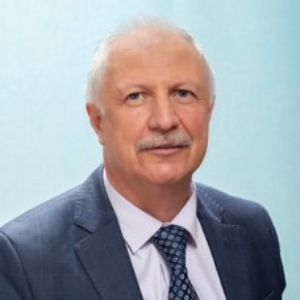Title : Intramedullary nailing of trochanteric fractures: The analysis of the radiological anatomy
Abstract:
Introduction: The incidence of implant-associated complications after the intramedullary osteosynthesis of proximal femur fractures exceeds 50%. Poor reduction and incorrect implant positioning significantly increase the risk of mechanical complications and the frequency of unsatisfactory treatment outcomes.The aim of the study was to evaluate reduction after the intramedullary nailing of proximal femur fractures using the developed radiological criteria, and to determine the association between the quality of the reduction, implant position and fracture type.
Methods: In a retrospective single-center study we analyzed the primary X-rays of 108 patients with type 31A fractures. The position of the fragments and implants was considered satisfactory if the value of the neck-diaphyseal angle was more than 125°, anteversion did not exceed 20°, medial diastasis was not more than 10 mm, and there were no negative medial support, no femoral neck lengthening of more than 10 mm compared with the healthy side, and no penetration of the blade into the joint. Patients were divided into three groups according to the fracture type. We analyzed and compared the proportions of satisfactory and unsatisfactory radiological results within the groups and between them.
Results: Satisfactory reduction was noted in 83 patients (76.9%) out of 108, unsatisfactory — in 25 patients (23.1%), and 16 patients (14.8%) had incorrect implant position. Patients with type 31A1 fractures were 3.5 times less likely to have an unsatisfactory reduction than patients with type 31A2 fractures (OR 3.511, 95% CI 1.202–10.261) and 6.7 times less likely to have an unsatisfactory reduction than patients with type 31A3 fractures (OR 6.714, 95% CI 1.685–26.752). The probability of incorrect implant positioning was 6 times higher in type 31A3 fractures than in type 31A1 fractures (OR 6,000, 95% CI 1,410–25,528).
Conclusion: Types A2 and A3 fractures of the proximal femur were the most challenging in terms of achieving accurate reduction and correct implant positioning. Erroneous implant selection led to complications, reducing patients’ quality of life. Using specific criteria for intraoperative radiological assessment of proximal femur reduction quality may help to improve clinical outcomes.




